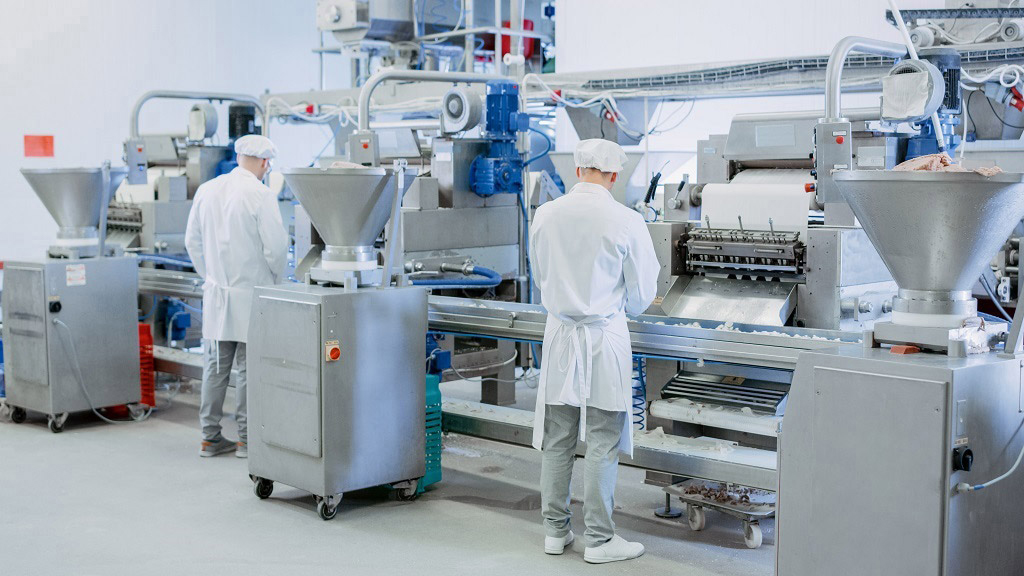
Companies take their sanitization processes very seriously, especially in the food manufacturing and medical industries. Any contaminants that make their way into products can quickly snowball into a larger health threat, putting their customers at risk. Not only would this result in a potential lawsuit, but it would tarnish your hard-earned reputation.
Some manufacturing equipment is known to have properties that keep bacteria and harmful germs from attaching to it. Stainless steel is sanitary, and products made from this material can help with sanitary control issues.
What Is Sanitation?
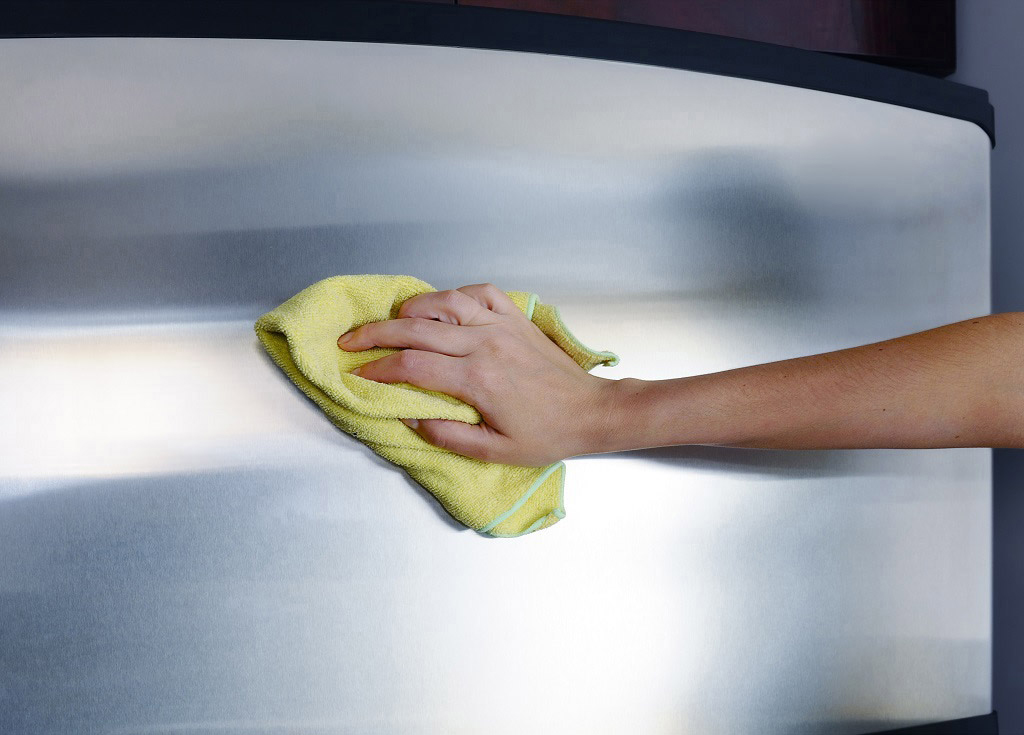
Sanitation processes are in place to promote good health and prevent diseases from developing. Different companies have different standards when it comes to sanitization, so it’s important to follow the FDA’s guidelines.
In 1969, the FDA developed regulations called the Good Manufacturing Practice (GMP) that contain guidelines and requirements for food and drug products. The goal of GMP was to ensure products were made in a sanitary environment.
GMPs consist of:
- Maintenance of physical facilities
- Pest control
- Sanitization and cleaning of utensils and equipment
- Equipment and utensils must be stored and handled properly
- Cleaning compounds, pesticides, and sanitizers must be used and stored properly
- Plant design
- Quality assurance
- Employee training
The FDA also developed Sanitation Standard Operating Procedures (SSOPs) to make sure that GMPs were followed.
Sanitation Control Challenges

Sanitation processes can be difficult to enforce, especially as products move from one container to the next during the manufacturing process. There are risks associated with particles that settle onto food or drug products or containers, making sanitization processes that much more important.
To minimize the risk of contamination, the FDA has guidelines in place for food and pharmaceutical industries. Any equipment involved in producing consumable products needs to:
- Block contaminants
- Be easy to inspect
- Be easy to sanitize
- Cannot have pits, cracks, craters, etc.
- Cannot have a place for liquid to pool
The above guidelines apply to the materials that make the products in addition to baskets, trays, cabinets, etc. that are used to move products between processes.
Non-Sanitary Condition Risks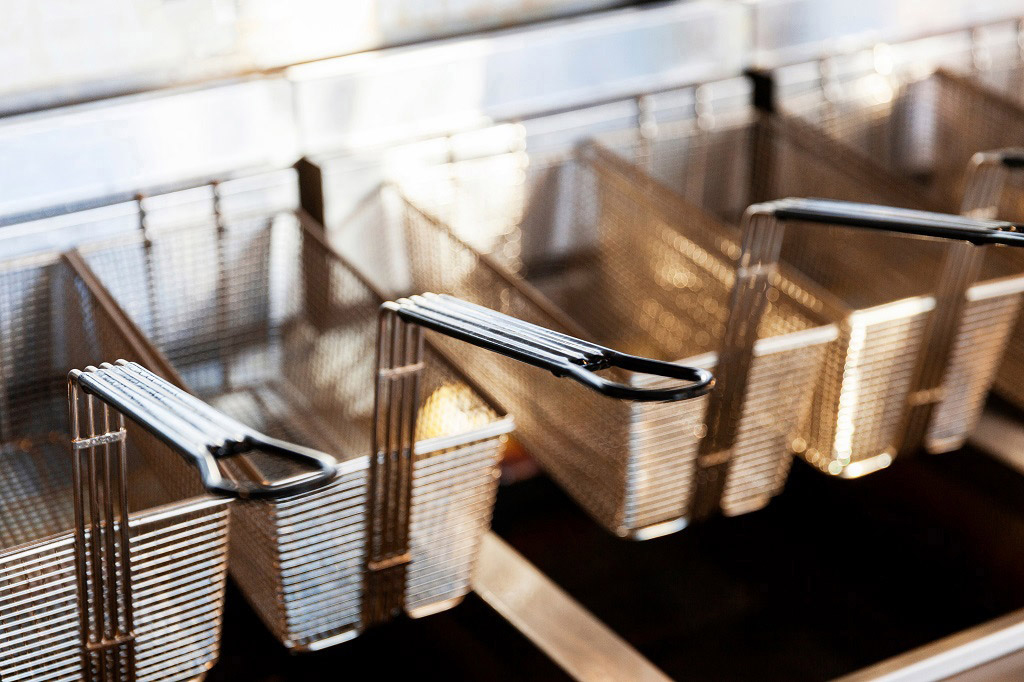
It’s important to reduce non-sanitary conditions in fields such as the pharmaceutical, medical, and food industries. If sanitization isn’t handled properly, it can result in the following.
Illnesses
Even the smallest amount of bacteria can damage food and medical equipment that results in product contamination and illness. According to the CDC, approximately 48 million people get sick every year from foodborne diseases, 128,000 of these people ending up in the hospital. An estimated 3,000 people die from these foodborne diseases each year.
Lawsuits
It’s not unheard of in class-action lawsuits surrounding contaminated food. One peanut butter manufacturer had to settle with hundreds of Americans after releasing a product batch with salmonella. This alone cost the company $11 million.
The government doesn’t track any cases related to tainted drugs unless they result in a major outbreak. There have been pharmaceutical companies, however, involved in huge lawsuits after releasing contaminated projects.
Recalls
Food recalls are becoming increasingly common in the U.S. and beyond, with the total number increasing by 10 percent between the years 2013-2018. These recalls have a direct impact on the company, and according to Food Safety, companies pay an estimated $10 million in direct costs. Brand reputation is also impacted following a food-related recall as well.
The medical and pharmaceutical industries also experience recalls, with ~4,500 drugs or devices recalled annually. One recall can cost a medical device company as much as $600 million.
What Makes Stainless Steel Sanitary?
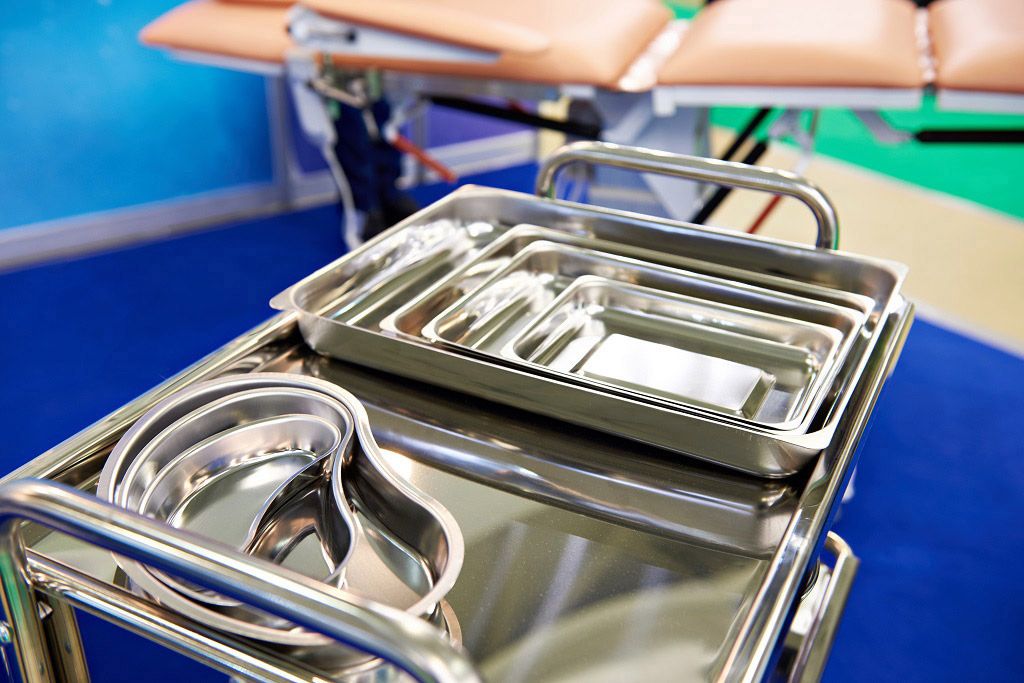
The fact that stainless steel doesn’t corrode makes it one of the best choices for a variety of germ-sensitive industries. Thanks to the reaction between steel and chromium, there is a protective layer that helps keep germs away.
The world’s current climate is hyper-focused on cleanliness and reducing germ transferring. Understanding how sanitary stainless steel can be can help you feel more comfortable using it in your particular industry. An example of stainless steel for pharmaceutical manufacturers is grade 304 stainless steel, as it is known for its durability and germ resistance.
What Is 304 Stainless Steel?
One of the best stainless steel for food manufacturing or other germ-sensitive industries is 304 stainless steel, as the chemical composition of the material is durable. The name 304 grade is another way to refer to 18/8 or 18/10 stainless steel. The numbers refer to the metallurgical composition of the product being referenced. Nickel and chromium are the two main elements evaluated when determining how to classify stainless steel.
For example, 18/8 stainless steel contains 18 percent chromium and 8 percent nickel. If an alloy has at least 10.5 percent chromium, it is considered stainless steel.
304 stainless steel is particularly popular for sanitary applications due to the strong chemical composition of the material. The chromium helps to prevent rust formation, resulting from the combination of oxygen molecules and iron molecules.
The chromium 304 stainless steel forms a protective coating, acting as a shield to keep the iron molecules from coming into contact with oxygen molecules.
Nickel is another important part of creating food-safe stainless steel. It is added to the chromium mix to help form a double layer of protection; the product will resist moisture and oxidation, in addition to warding off potential damage from bases or acids.
Why Should You Choose Stainless Steel Racks for Food and Medical Applications?
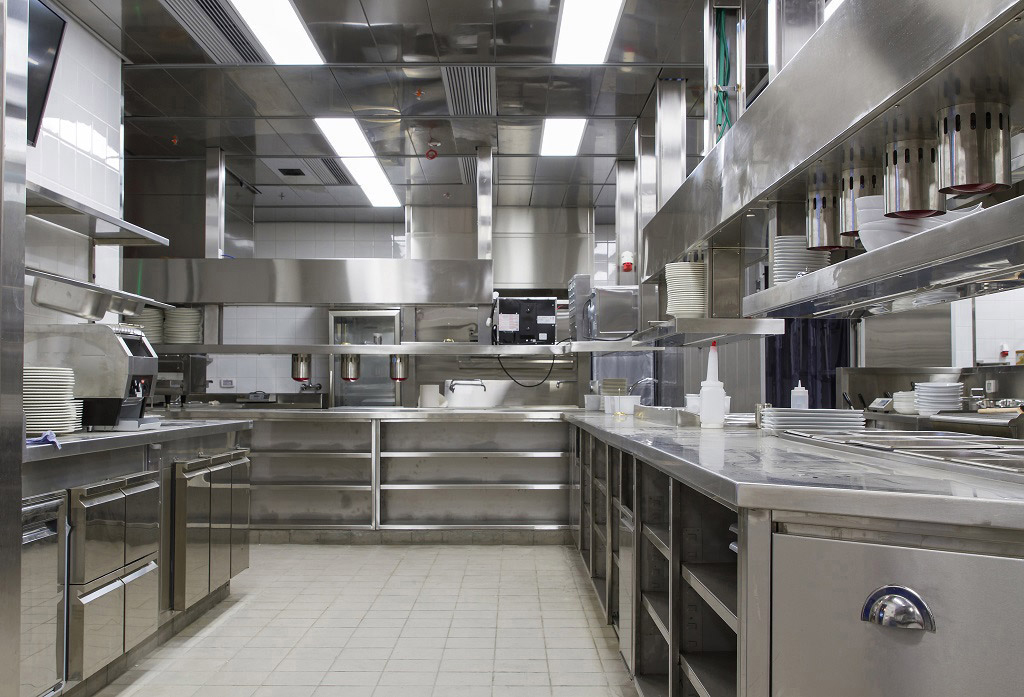
If you work around food but you’ve never understood why stainless steel is used in the food industry, it comes back to the chemical composition of the material. Consider the following reasons to better understand stainless steel’s applications.
Non-Absorbent Qualities
Products such as food racks made from stainless steel have non-absorbent qualities. These result from the anti-microbial coating on its surfaces, meaning you won’t have to worry about any particles or microbes that contact what’s in the basket.
Any stainless steel with an anti-microbial coating will be non-absorbent, making it durable and safe to use for years to come.
High-Temperature Resistance
Stainless steel is also resistant to high temperatures that would quickly melt materials such as polymer plastic. These high temperatures benefit the product, as they eliminate any excess bacteria or viruses that survived the chemical cleaning process.
Easy Sterilization Through Electropolishing
Electropolishing is the process of giving a stainless steel product a chemical electrolyte bath combined with an electrical current to remove the metal’s outer layer. Any microscopic grooves or flaws are eliminated, leaving behind a smooth, easy-to-clean surface.
Conclusion
Stainless steel is durable, can be made into any shape, and it’s easy to maintain. The surface of stainless steel is scratch and corrosion resistant, and its surface is incredibly hygienic. It’s no wonder stainless steel has so many applications in the food and medical industries.
Schaumburg Specialties is happy to help fabricate lasting stainless steel products that you can enjoy for years to come. Get in touch with us to see how we can help!
FAQ
What type of stainless steel is used in the food industry?
There are two common types of stainless steel used in the food industry, namely 304 stainless steel and 316 stainless steel. 304 stainless steel is highly resistant to corrosion, while 316 stainless steel has 2-3 percent molybdenum to increase chloride resistance. This makes it ideal for meat products or foods with mild salt contents.
What is better, SS 304 or 316?
The answer to this depends on the application. They are both strong, durable, and easy to fabricate. For resilience against chlorides, we recommend SS 316, but if you need a general material that can tolerate most food products, SS 304 is a great option.
How can I tell if my stainless steel is 304 or 316?
As there is no difference to the naked eye between 304 and 316 stainless steel, the only way to tell the difference is to test them chemically.